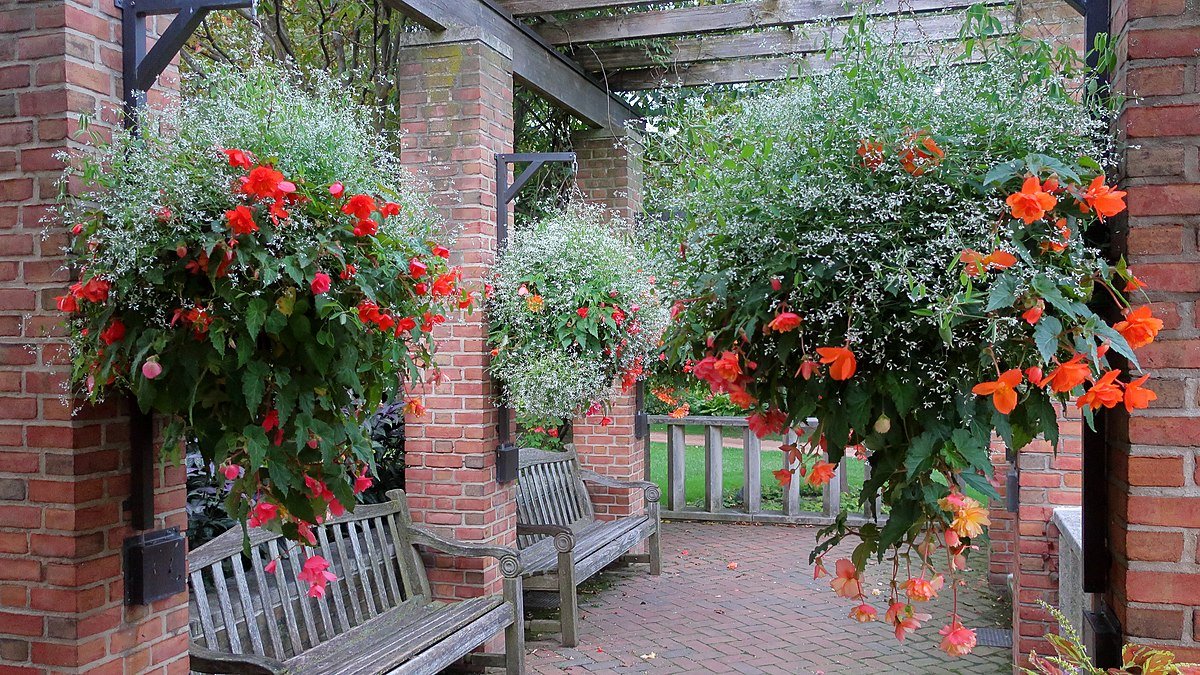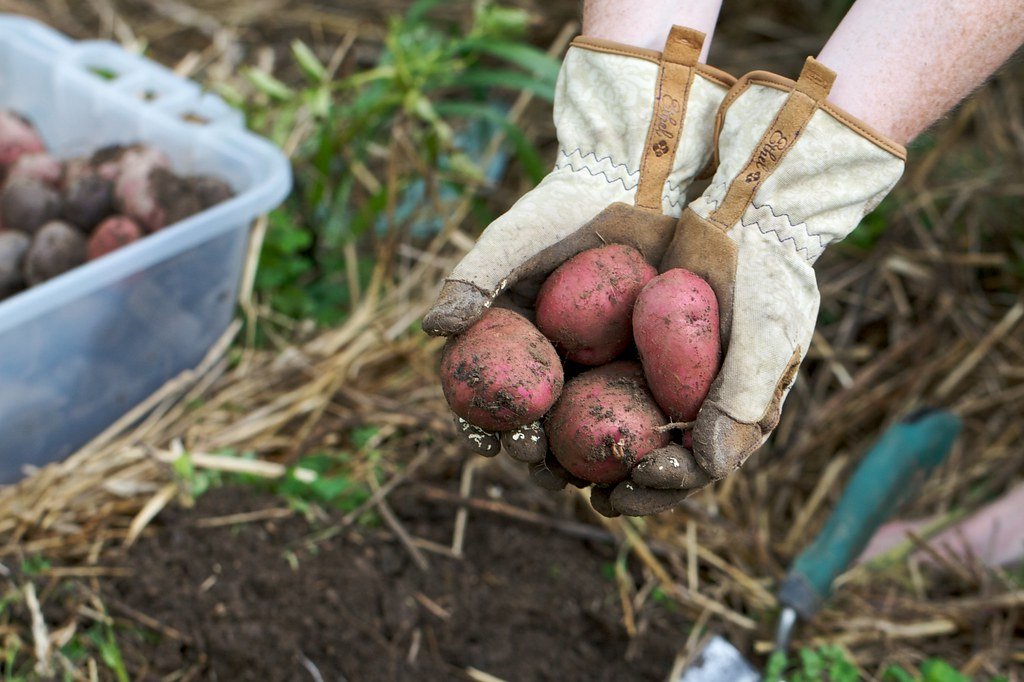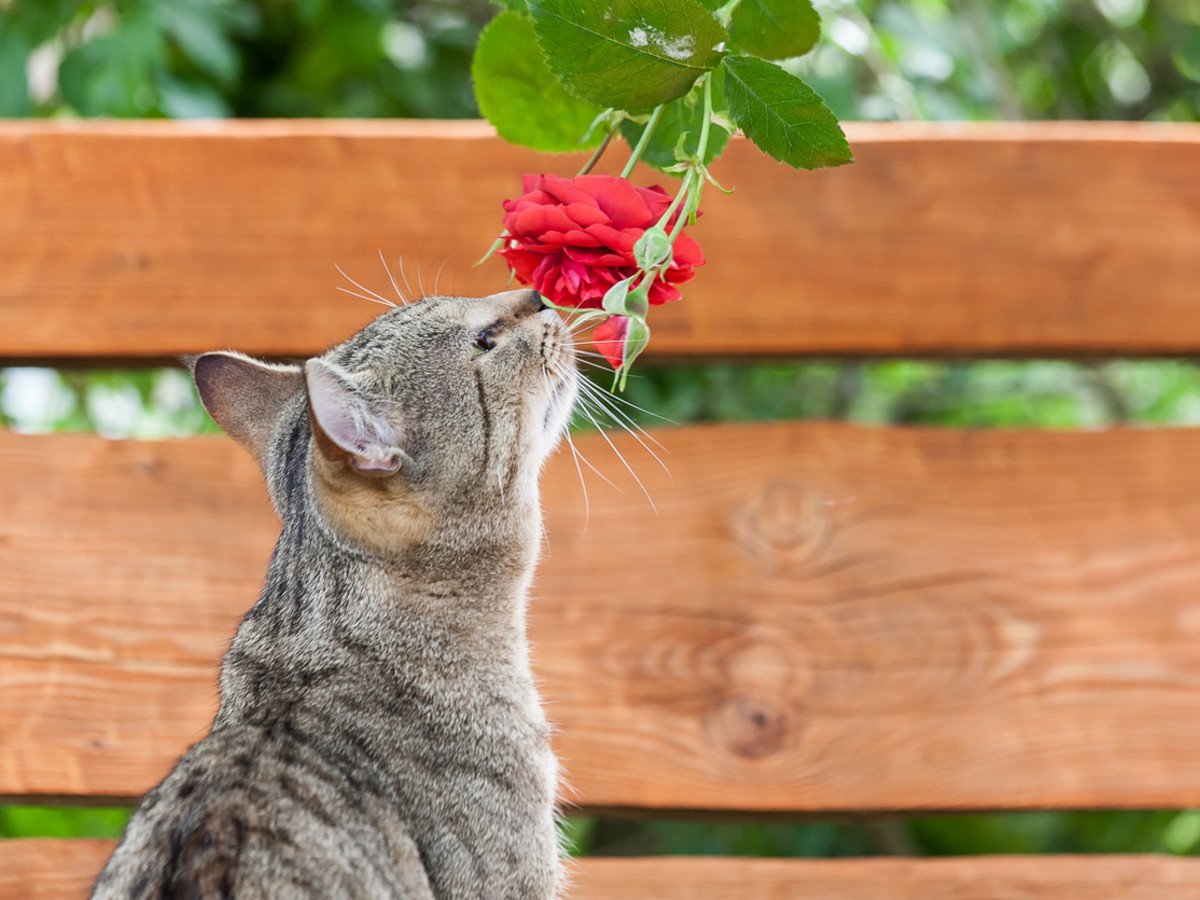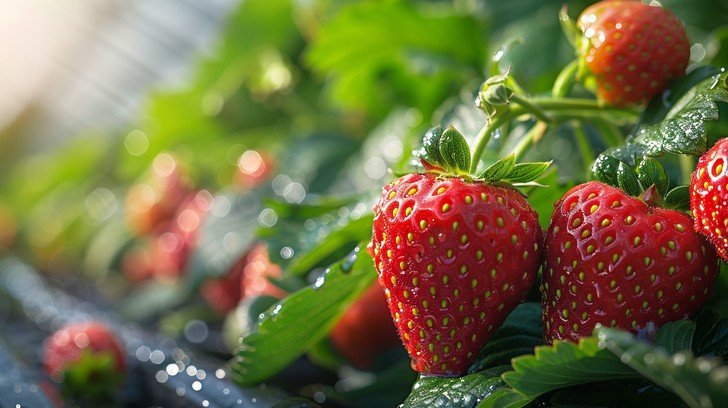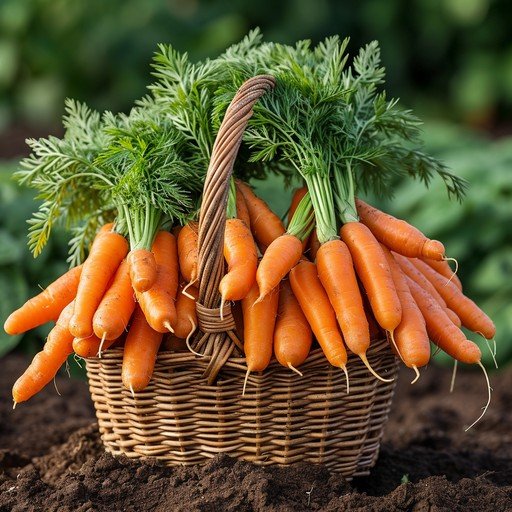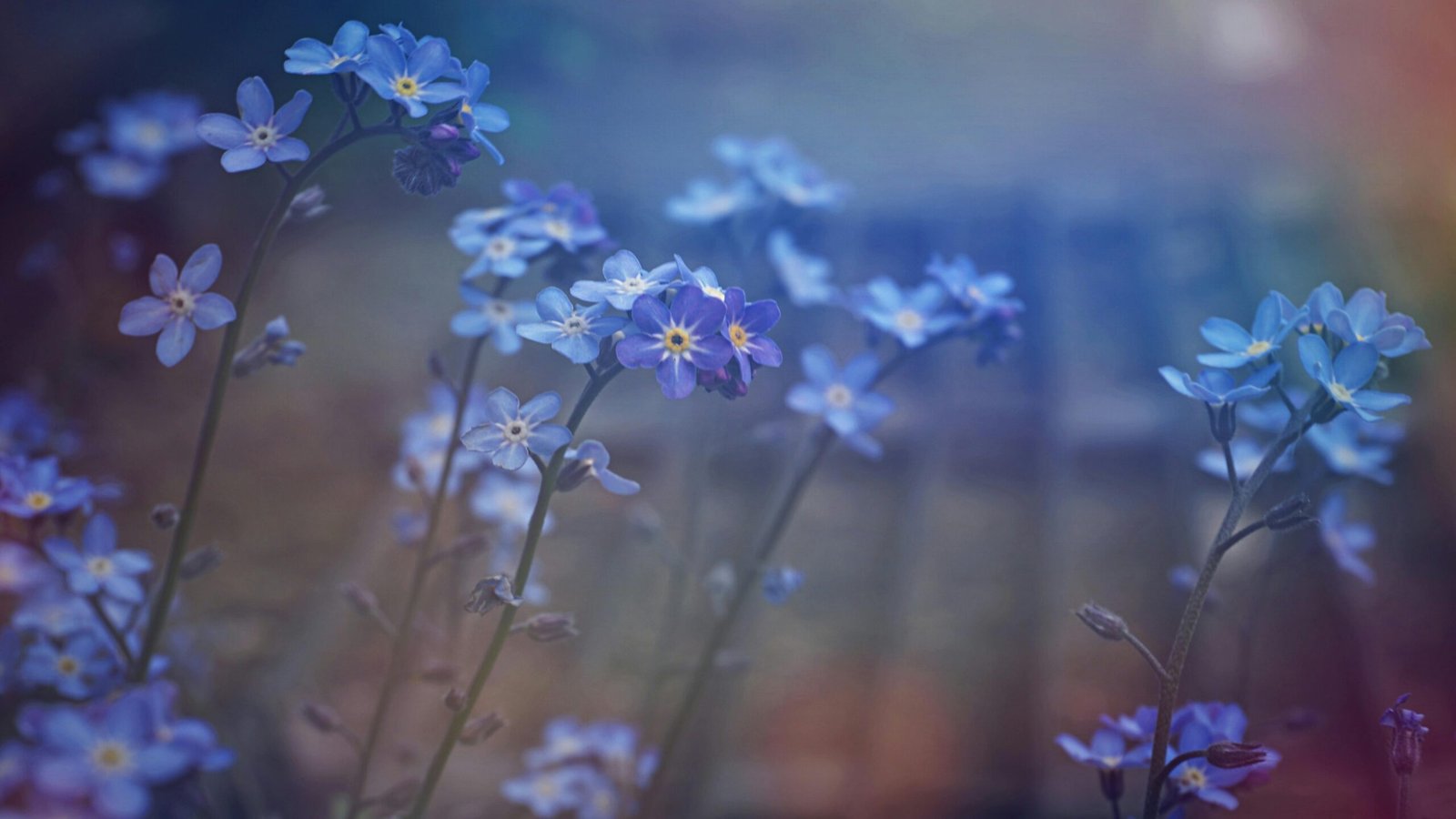Bringing the Tropics Home: The Ultimate Guide to Bird of Paradise Plant Care
Welcome to Garden KT, where we help you cultivate the extraordinary. Few plants possess the dramatic, architectural beauty and exotic flair of the Bird of Paradise. Named for its spectacular flower, which uncannily resembles a brightly colored, crested tropical bird in flight, this plant is a true statement piece. Whether grown outdoors in warm climates or indoors as a towering houseplant, mastering Bird of Paradise plant care is the key to unlocking its full, majestic potential.
The two main species you will encounter are Strelitzia reginae (the classic, smaller orange-and-blue flowering type) and Strelitzia nicolai (the larger, tree-like white-flowering type). Both offer stunning structural foliage that brings a touch of the jungle to any space. While often seen as demanding, the Bird of Paradise is surprisingly resilient when its basic, tropical needs are consistently met.
This comprehensive guide is your definitive resource for expert Bird of Paradise plant care. We will cover everything from choosing the right light environment to understanding its crucial watering and feeding requirements, ensuring your plant develops the large, lush leaves and, eventually, the magnificent blooms that make this species a horticultural legend. Get ready to turn your home or garden into a tropical oasis.
Understanding the Species: The Foundation of Bird of Paradise Plant Care
Before purchasing your plant, understanding the difference between the common varieties is crucial, as their size and flowering habits impact their long-term Bird of Paradise plant care.
1. The Orange Bird of Paradise (Strelitzia reginae)
This is the classic, more common type grown as an indoor houseplant and in frost-free gardens.
- Size: Reaches 3 to 5 feet tall. It grows as a clump of leaves emerging directly from the rhizomatous root base, forming a dense bush.
- Flowers: Brilliant orange sepals and bright blue petals, shaped exactly like a bird’s head.
- Flowering Requirement: S. reginae is notoriously slow to bloom and often requires several years (5 to 7 years) to reach maturity. It also blooms best when slightly root-bound.
2. The White Bird of Paradise (Strelitzia nicolai)
Also known as the Giant Bird of Paradise or Natal Wild Banana, this variety is often mistaken for a banana plant due to its sheer size.
- Size: Can reach 15 to 30 feet tall outdoors. Indoors, it can still grow to 6 to 10 feet, requiring substantial ceiling height.
- Flowers: Large white sepals and bluish-purple tongue-like petals. The flowers are less common indoors but impressive when they appear.
- Foliage: Produces massive, paddle-shaped leaves that naturally tear along the veins over time, which is normal and contributes to its rugged, tropical look.
Both species require similar Bird of Paradise plant care regarding light and moisture, but the size difference (especially of S. nicolai) means careful consideration of available space is essential for long-term indoor success.
The Pillars of Bird of Paradise Plant Care
The Bird of Paradise is a tropical powerhouse, meaning its needs revolve around consistent warmth, high light, and ample water during the growing season.
1. Light: The Non-Negotiable Requirement
Light is the single most important factor for success in Bird of Paradise plant care.
- Optimal Light: The plant needs bright light, ideally a minimum of four to six hours of direct sunlight per day, particularly in the morning. A south- or west-facing window is usually the best indoor placement.
- Foliage: Bright light encourages thick, strong leaf stems and a compact growth habit.
- Flowering: If you hope for blooms (especially from S. reginae), the plant must receive ample direct sun. Insufficient light will result in tall, floppy, dark green leaves and a guarantee that the plant will not flower.
- Outdoor Transition: If you move your Bird of Paradise outdoors for the summer, gradually transition it to full sun to prevent immediate leaf scorching.
2. Watering: Consistent but Not Soggy
The Bird of Paradise enjoys moisture but hates sitting in standing water, which inevitably leads to root rot.
- Growing Season (Spring to Fall): Water thoroughly when the top 1 to 2 inches of soil are dry. This may mean watering frequently in the summer heat, but always ensure the soil has a chance to breathe between waterings.
- Dormancy (Winter): Reduce watering frequency significantly during the cooler, lower-light winter months. Allow the soil to dry out a bit more deeply, but do not let the plant go bone-dry for extended periods.
- The Key: When you water, water until it flows freely out of the drainage holes. Discard any excess water from the saucer.
3. Soil and Drainage
Because of the plant’s deep roots and heavy watering requirements, the soil must be free-draining yet rich in organic matter.
- Soil Mix: A quality, peat-based potting mix amended with coarse materials is ideal. Use a mixture of:
- 2 parts well-draining potting soil
- 1 part perlite or coarse sand
- 1 part compost or aged manure (for added nutrients and moisture retention)
- Container: Always use a heavy, sturdy pot to support the large leaves and a pot with excellent drainage holes is non-negotiable for proper Bird of Paradise plant care.
Advanced Maintenance and Fertilization
A plant with leaves and flowers this large requires significant energy input, meaning a consistent feeding schedule is vital during the active growing season.
1. Fertilizing: The Fuel for Growth
The Bird of Paradise is a heavy feeder and needs regular fertilizer to maintain its vigor, especially if grown in a container.
- Timing: Fertilize every two weeks during the entire active growing season (early spring through early fall). Stop feeding completely during the winter.
- Type: Use a balanced, high-quality liquid fertilizer (such as 20-20-20 or 15-5-10) diluted according to the label instructions. Some growers prefer a high-phosphorus formula to encourage flowering, particularly for the S. reginae species.
- Outdoor: If planted in the ground, fertilize monthly during the growing season with a slow-release granular fertilizer or a balanced liquid feed.
2. Temperature and Humidity
As a tropical species, the Bird of Paradise thrives in warmth and humidity.
- Temperature: The ideal temperature range is between 65°F and 85°F (18°C to 29°C). It can tolerate cooler temperatures but should be protected from frost and temperatures below 50°F (10°C).
- Humidity: The large leaves benefit greatly from high humidity. Indoor growers should mist the leaves daily, use a pebble tray, or place the plant near a humidifier to prevent dry, crispy leaf edges.
3. Grooming and Leaf Tearing
The leaves of the Bird of Paradise, especially Strelitzia nicolai, naturally split or tear perpendicular to the central midrib.
- Normal Tearing: This tearing is normal and is the plant’s evolutionary response to high winds in its native environment. It prevents the wind from snapping the entire leaf. Do not try to tape or repair these tears. They contribute to the plant’s rugged, natural appearance.
- Pruning: Remove dead, brown, or fully yellowed leaves by cutting the stem near the base of the plant using clean, sharp tools. This maintains appearance and directs energy to new growth.
Repotting and Flowering: The Potted Plant Paradox
Repotting is a unique aspect of Bird of Paradise plant care, especially when trying to encourage blooms.
Repotting
- When to Repot: Repot only when the plant is severely root-bound, usually every 3 to 5 years. The Bird of Paradise enjoys being slightly snug in its pot.
- Root-Bound Secret: Strelitzia reginae (the orange-flowering type) requires its roots to be tightly constrained to trigger flower production. If you repot too frequently or put it in too large a pot, the plant will focus all its energy on filling the new space with roots, delaying or stopping flowering indefinitely.
- The Goal: When repotting a mature, non-flowering S. reginae, move it up only one size (e.g., from a 10-inch to a 12-inch pot) to maintain root pressure. For S. nicolai, you can afford to use a slightly larger pot to accommodate its more vigorous growth.
Flowering Inducement
If your mature S. reginae is not flowering, besides ensuring maximum sun and maintaining a slightly root-bound state, try these tricks:
- Cool Rest Period: Give the plant a slightly cooler rest period in the fall and early winter (around 50-55°F or 10-13°C) and reduce watering dramatically. This stress often mimics the natural dry season and encourages flower bud formation when warm temperatures and increased watering return in the spring.
- Phosphorus: Switch to a fertilizer with a higher middle number (Phosphorus, P), such as 10-30-10, just before and during the spring growth phase.
Troubleshooting Common Bird of Paradise Plant Care Issues
Most problems with the Bird of Paradise stem from incorrect watering or insufficient light.
| Symptom | Cause | Solution |
| Brown, Crispy Leaf Edges | Low humidity or under-watering. | Increase humidity (mist, humidifier, pebble tray). Check soil moisture and water deeply if dry. |
| Yellowing Leaves / Mushy Base | Overwatering (Root Rot). | Stop watering. Allow soil to dry out completely. If severe, check roots and repot into dry, fresh, well-draining soil. |
| Leaves are Long and Floppy (Etiolation) | Insufficient light. | Move the plant to a spot with more direct sun. Floppy leaves will not recover their firmness, but new growth will be stronger. |
| Splitting Leaves | Normal. A natural adaptation to wind and age. | No action needed. This is a sign of a healthy, mature plant. |
| Tiny Spots on Underside of Leaves | Spider Mites (Pests). | Treat immediately with insecticidal soap or neem oil. Increase humidity, as mites thrive in dry conditions. |
The Bird of Paradise in Outdoor and Indoor Settings
The Bird of Paradise plant care routine varies slightly depending on whether it is grown in the ground or in a container.
Outdoors (Zones 9-11)
In frost-free environments, the Bird of Paradise should be treated as a tropical perennial.
- Location: Plant in a sunny spot with rich, well-draining soil.
- Pruning: Cut back old, declining flower stalks and any dead foliage throughout the year. The plant will spread via rhizomes, forming a beautiful, dense clump.
Indoors (All Other Zones)
- Vulnerability to Cold: If you move your plant outdoors for the summer, be sure to bring it back inside well before the first overnight temperatures drop below 50°F (10°C).
- Watering Adjustment: Be vigilant about reducing water in the winter, as the plant uses much less water when indoor light levels are lower.
- Outbound Link Opportunity: For more detailed information on growing Bird of Paradise outside of its typical tropical range, including specific regional advice, the Royal Horticultural Society (RHS) website is an excellent resource for horticultural guidance.
The Bird of Paradise is a patient plant. It demands specific conditions—chiefly, bright sun and careful watering—but once established, it offers incredible rewards. Its architectural leaves alone make it worth the effort, and if you are lucky enough to see its majestic flowers, you will understand why this plant holds its mythical place in the gardening world. By mastering this comprehensive guide to Bird of Paradise plant care, you are ensuring that your tropical centerpiece remains strong, healthy, and ready to soar.

